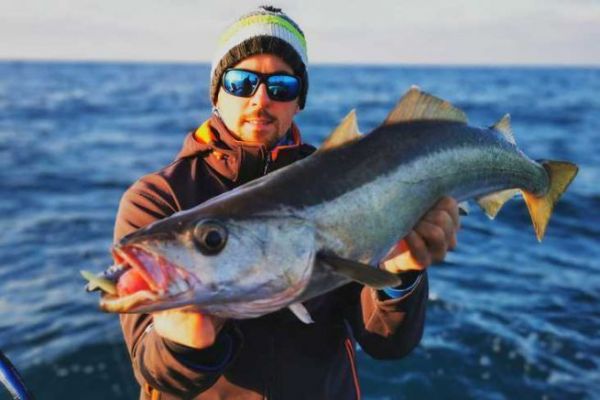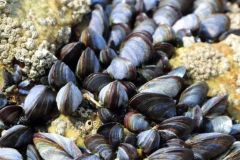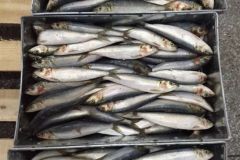The season is starting again and after spending many, many hours scouring forums, social networks and websites during the winter months, it's time for you to get out on the water and start fishing.
The most experienced fishermen will surely go to a known area, already fished in the past and will take care of the prospecting later, because the goal of these first outings is to have fun and to find the sensations.
On the other hand, if you are a first time rider and this is your first season, it will be difficult to ignore this step of prospecting which may seem tedious, but necessary. The goal is to find one or more suitable areas in order to take pleasure quickly.
The major risk here is the loss of motivation. Don't give up, perseverance will always pay off. Through several articles, I will guide you in your research in order to target the best areas whether you are fishing from the shore or by boat.
Before looking for the geographical area of your future sea fishing session, you must be interested in the species you are looking for.
The predatory fish that we track, whether it is bass, pollock, pike and many others, have common behavioral characteristics that must be emphasized in order to trigger attacks.
The food
If you find an area rich in food, there is a good chance that predators are around. These fish are almost at the end of the food chain.
So find the areas rich in plankton that attract small fishes that attract the big ones... Simple, isn't it?
Birds are your main allies in this search. Don't overlook a swimming cormorant or diving terns. They too are there to feed and stalk the same prey as the carnivorous fish.
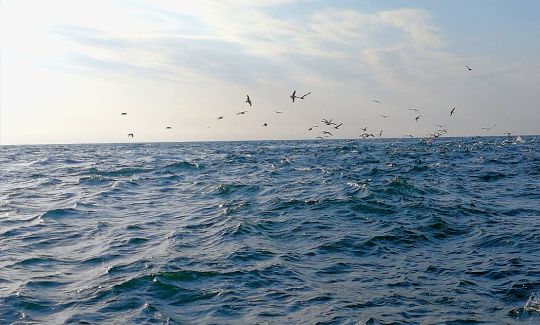
In these conditions, I prioritize imitative lures, of natural colors and sizes close to the prey present in the area.
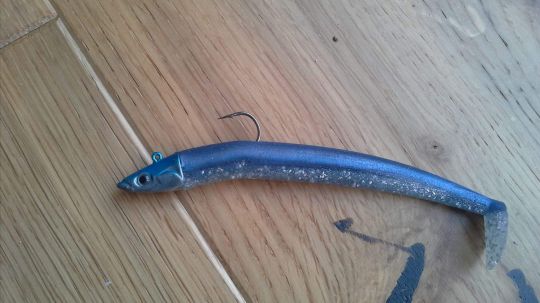
The defense of the territory
This character trait is present in the genes of these fish. As such, they do not tolerate the arrival of intruders on it. Insist on incentive lures with flash colors, which emit strong vibrations or noise with the balls. The use of teasers, causing competition for food in the territory of a predator is a trick that greatly increases the number of hits.
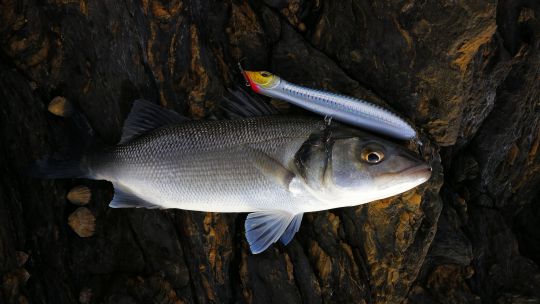
Periods of activity
Choose times when there is little human activity on the water, i.e. in the morning or in the evening. Also, by habit, I prefer windy conditions with a gray weather, to the bright sun. A slightly choppy sea will work in your favor by reducing the distrust of these fish.
Energy expenditure
Depending on the season and the activity in the area, the fish will be more or less reactive to fast or slow animations.
I keep in mind, however, that a predatory fish, whatever it may be, seeks to make the trip to feed profitable. This is especially true for fish that are stationary and not in active schools.
For this, I generally opt for a large lure, animated in a slower way than usually in the idea of not discouraging the fish to attack.
Perseverance
You'll need it! Don't get discouraged and keep prospecting. It will eventually pay off. By following these fundamentals, you will eventually succeed.
